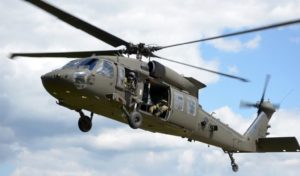
The office of the U.S. Army program manager for Future Vertical Lift-Future Long Range Assault Aircraft (FLRAA) plans to hold an industry day in Huntsville, Alabama, on July 31 to furnish insight to contractors on the Army's FLRAA acquisition approach. The Army's wants FLRAA to focus on assuming the Sikorsky [LMT] UH-60 Black Hawk with a utility/assault mission rather than developing an attack version as a replacement for the Boeing [BA] AH-64E Apache. The two most likely competitors for FLRAA…














